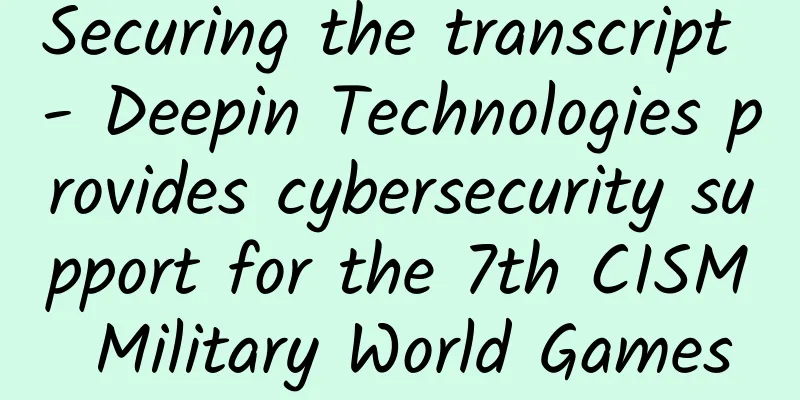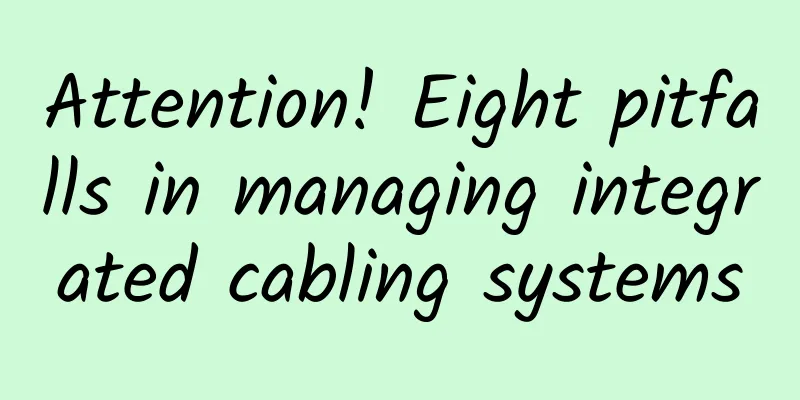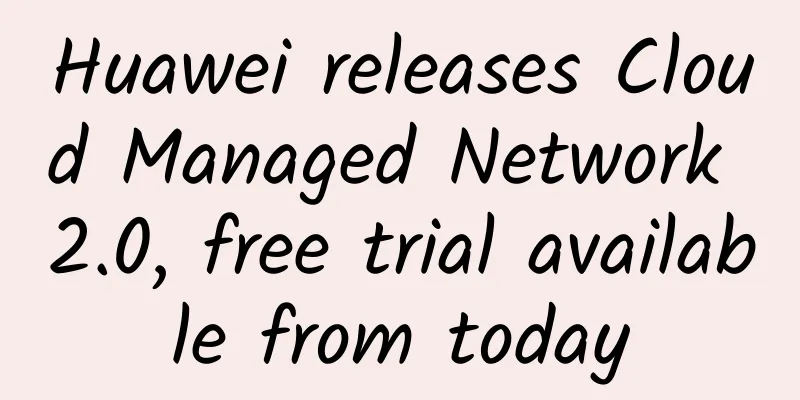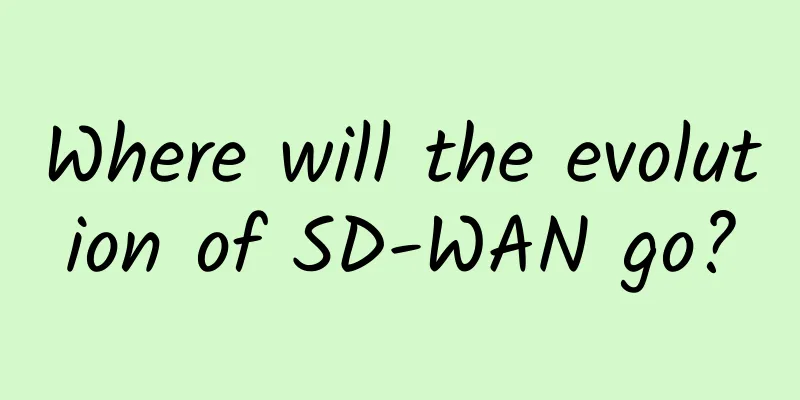Do you know some new features of RocketMQ 5.0? Let me tell you.
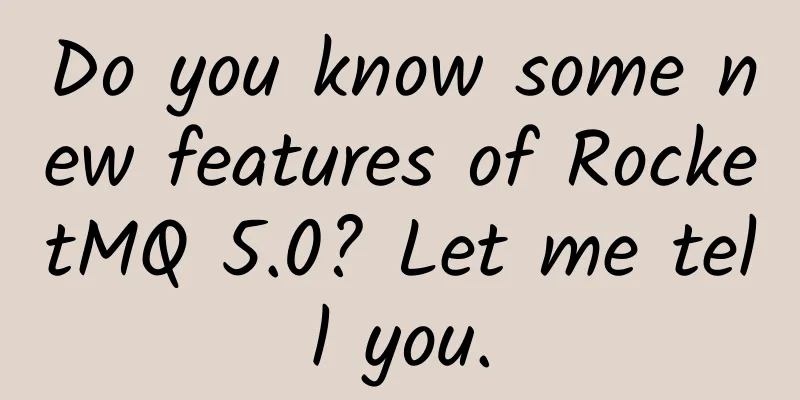
|
In order to evolve towards cloud native and improve resource utilization and elasticity, RocketMQ adjusted and upgraded its architecture in 5.0. Proxy layerArchitecture before RocketMQ5.0: Previously, RocketMQ5.0 used a custom Remoting protocol based on Netty for network communication. Computing and storage were integrated and all in Broker. Producers and consumers pull routing information from NameServer, and then interact directly with Broker to produce and consume messages. picture RocketMQ5.0 architecture: After 5.0, the elastic stateless proxy mode was introduced, and the responsibilities of the Broker were split. The computing logic such as client protocol adaptation, permission management, and consumption management are extracted and placed in the Proxy layer, and Broker focuses on data storage.
And support for the GRPC protocol was added after 5.0.
picture POP consumption modelBefore RocketMQ 5.0: There are two ways to get messages from Broker: Pull mode and Push mode. Pull mode: Consumers need to continuously obtain data from the blocking queue. If there is no data, they will wait. The data in this blocking queue is added by the message pulling thread after pulling messages from the Broker. Therefore, consumption in Pull mode needs to continuously and actively pull messages from Broker. Push mode: A message listener needs to be registered. When a message arrives, the message will be consumed through a callback function. On the surface, it looks like the Broker actively pushes it to the consumer, so it is called push mode. The underlying layer is still that the consumer pulls data from the Broker and then triggers the callback function to consume the message, but there is no need to constantly determine whether there is a message arriving like in the Pull mode. RocketMQ5.0 Functions such as load balancing and consumer site management are placed on the Broker side to reduce the burden on the client, making it lightweight, and after 5.0, message-based load balancing is supported. Message granularity load balancing: In the message granularity load balancing strategy, multiple consumers in the same consumer group will evenly share all messages in the topic according to the message granularity.
POP message consumption: First, the client (consumer) sends a Pop request to the server (Broker). After receiving the request, the Broker obtains the message in Pop mode and then returns it to the client. After the client successfully consumes the message, it sends an ACK request to the Broker to confirm that the message consumption is successful. picture Controller ModeBefore RocketMQ5.0, there were two cluster deployment modes, namely Master-Slave mode and Dledger mode. RocketMQ 5.0 and later introduced the Controller mode, which has the following features: In the master-slave deployment mode, it has the ability to automatically switch the Master. Before 5.0, DLedger was required. You can use RocketMQ's native storage and replication capabilities and unify RocketMQ's storage and replication capabilities. RocketMQ 5.0 has separated the Broker leader election related functions and placed them in the Controller. Automatic switching of Master is achieved in master-slave deployment mode. Controller can be deployed independently or embedded in NameServer. Controller under independent deployment: picture The deployment diagram embedded in NameServer is as follows: picture refer to: https://rocketmq.apache.org/version/ https://developer.aliyun.com/article/801815 https://rocketmq.apache.org/zh/docs/deploymentOperations/03autofailover/ |
<<: When do microservices use the Http protocol to communicate, and when do they use Lrpc?
Recommend
Farewell to the NYSE! The NYSE maintains the delisting decision of the three major operators
[[398109]] On May 7, the three major operators is...
The arrival of the fourth largest operator, what can it change?
On October 12, China Broadcasting Network Co., Lt...
Nanchang Wanda City Marketing Secret: Ruijie's "Five-Star" Wi-Fi Makes Every Guest a VIP
Free Wi-Fi is an indispensable service during tra...
The Smart Network: Cisco's most disruptive innovation in a decade
A little over a year ago, my colleague David McGr...
Chrome DevTools: Modify User-Agent and customize personalized UA
[[442534]] This article is reprinted from the WeC...
Accelerate the construction of new infrastructure projects such as 5G and integrated data centers
Since the beginning of this year, the COVID-19 pa...
How to troubleshoot 502 issues? Have you learned how to do it?
When I first started working, one time, the guy w...
I finally figured out the service flow limit issue.
Introduction With the development of microservice...
Kaspersky Managed Detection and Response Service receives top rating in Garter Peer Insights
Kaspersky’s Kaspersky Managed Detection and Respo...
GSA report: 63 operators around the world have launched commercial 5G services
The latest global 5G network development report f...
Can you really explain TCP's three-way handshake and four-way handshake?
What is TCP Before understanding the three-way ha...
New product pre-sale | Aruba Instant On MU-MIMO dual-band Gigabit Mesh wireless AP series products starting at 606 yuan
Today I would like to introduce to you Aruba laun...
Why ordinary users don’t feel the 3rd anniversary of 5G license issuance
As of April this year, the total number of 5G bas...
Is Matter worth the wait?
An ambitious new smart home networking standard i...
China Radio and Television faces three major challenges on its 5G journey
Since the Ministry of Industry and Information Te...


